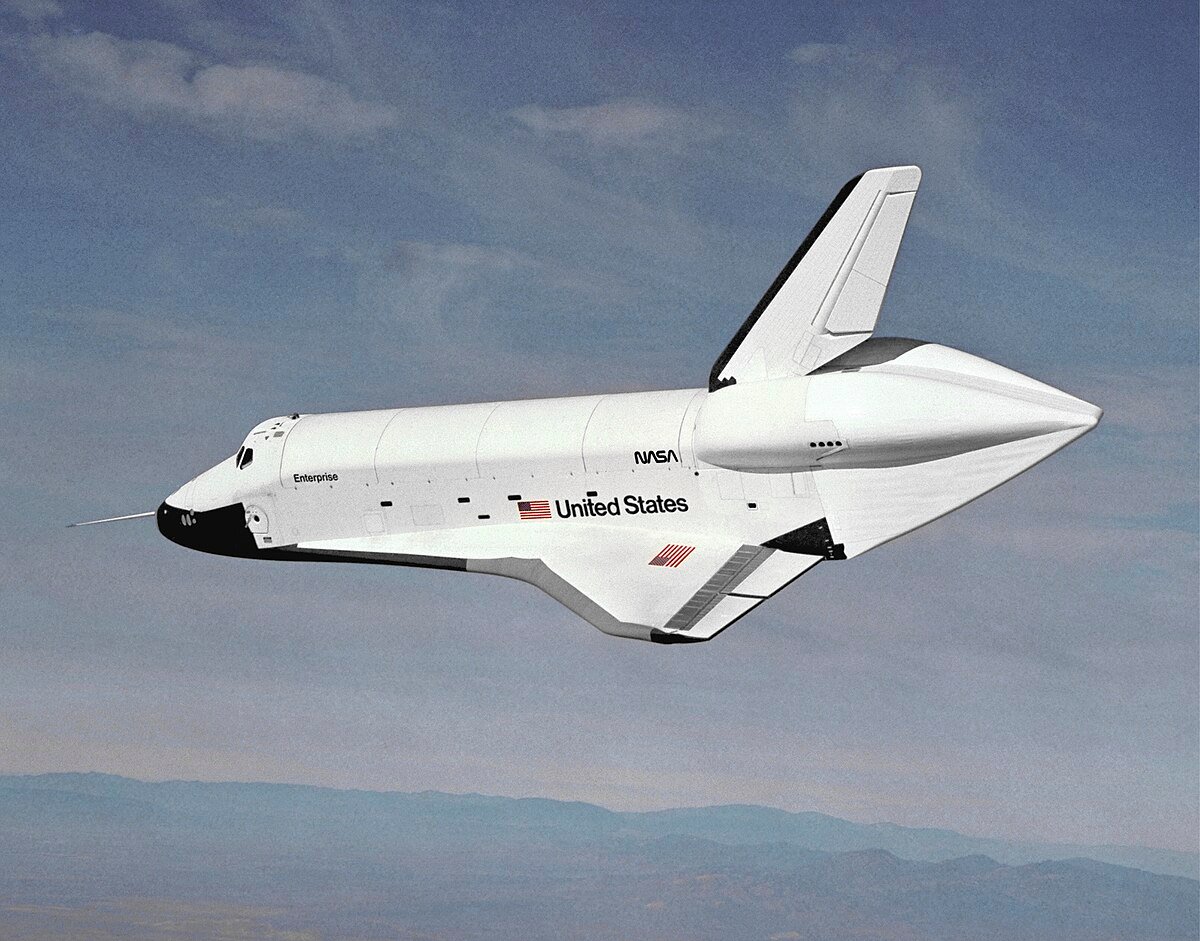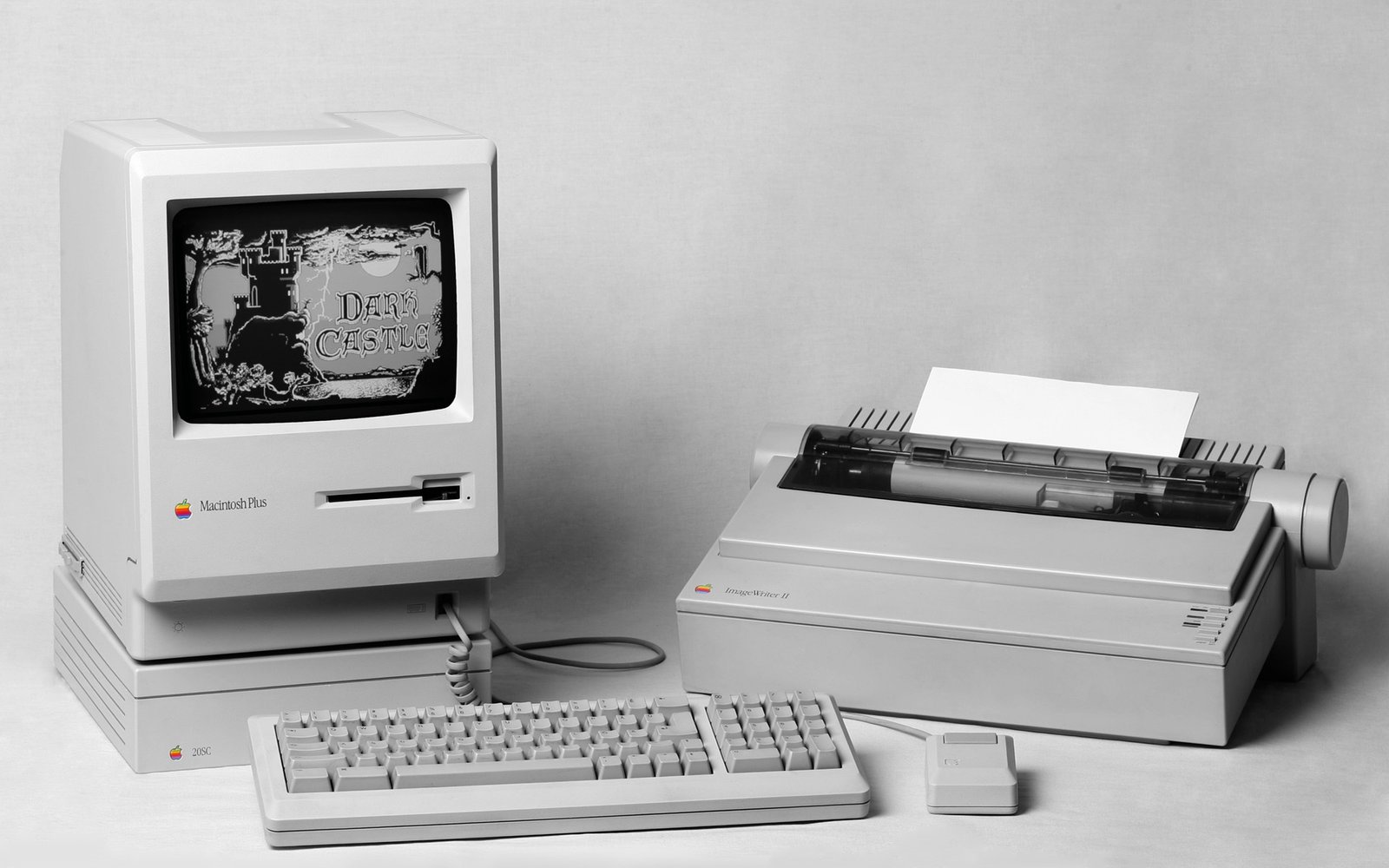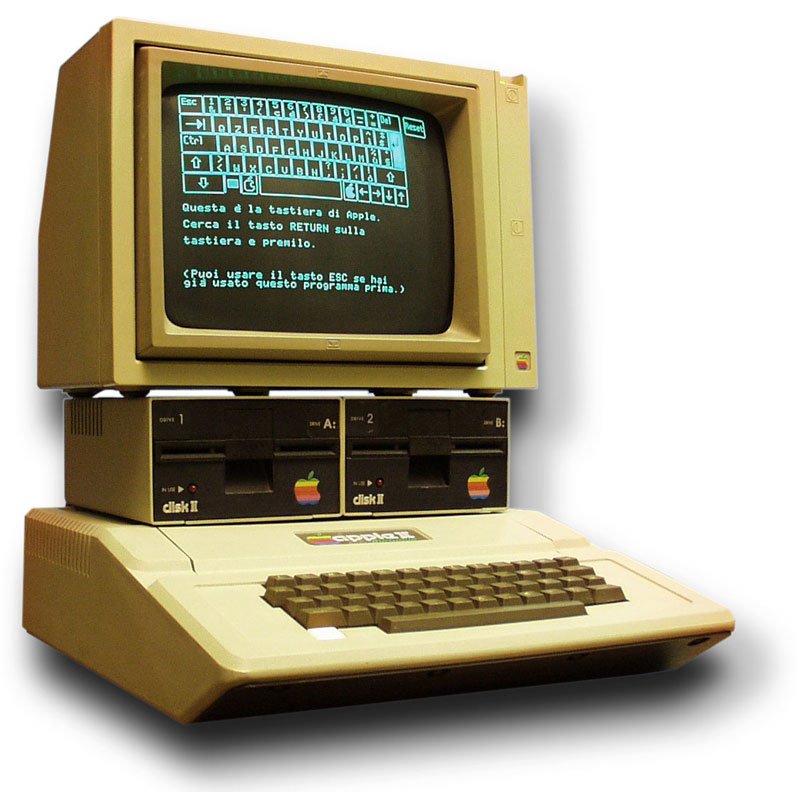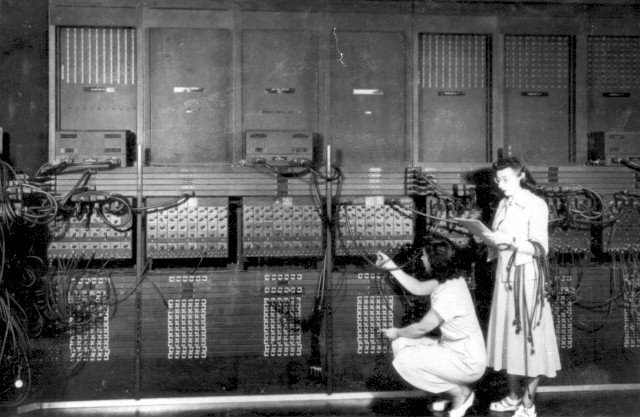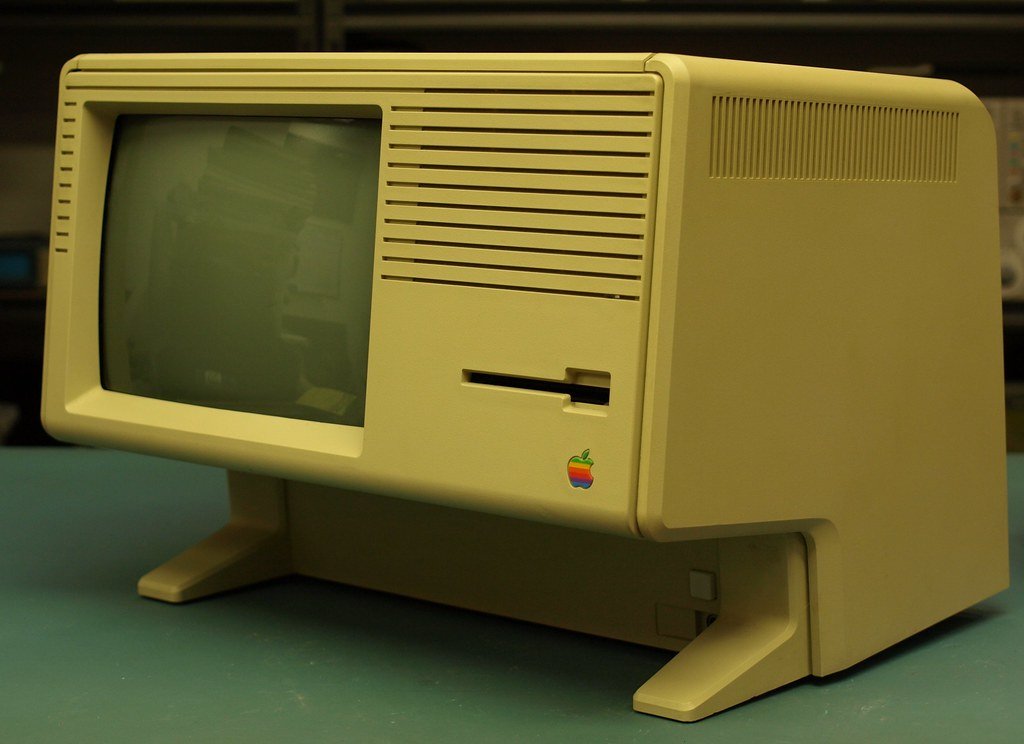The history of computers is a captivating journey that spans decades of innovation, transforming the world in profound ways. At the heart of this remarkable evolution lies the concept of the personal computer, an invention that revolutionized how we work, communicate, and interact with the digital realm. This narrative explores the rich tapestry of the history of computers, delving into the birth and evolution of personal computing.
From the earliest days of colossal mainframes in the 1940s and 1950s, computers were behemoth machines reserved for scientific research and military applications. Yet, it was in the 1970s that the personal computer, or PC, emerged as a paradigm-shifting invention. This era witnessed the birth of personal computing, making powerful computational capabilities accessible to individuals and small businesses.
The 1980s marked the rise of home computers, exemplified by the introduction of the IBM Personal Computer (IBM PC) and Apple’s user-friendly Macintosh. These machines laid the foundation for the widespread adoption of personal computers, transforming them from mere technological novelties into indispensable tools for daily life.
As the 1990s ushered in the Internet age, personal computers became the gateway to an interconnected world, revolutionizing how information was accessed and shared. Windows 95 and the dot-com bubble propelled the personal computer into the mainstream, making it an essential component of modern life.
Throughout the 2000s, the concept of personal computing continued to evolve with the advent of laptops, smartphones, and tablets, emphasizing mobility and connectivity. The 2010s saw convergence and the rise of cloud computing.
In comparison, the 2020s brought about further advancements in 5G technology and the integration of artificial intelligence and augmented reality into personal computing devices.
This exploration of the history of computers will trace the trajectory of personal computing, showcasing its profound impact on society and its ongoing evolution as we embrace an ever-connected and intelligent digital future.
Table of Contents
When did personal computers start?

Personal computers, commonly known as PCs, emerged in the 1970s. The concept of personal computing took root with the introduction of the Altair 8800 in 1974, often considered the first personal computer. This kit-based computer, designed by Ed Roberts and featured on the cover of Popular Electronics magazine, was intended for hobbyists and enthusiasts. It was powered by the Intel 8080 microprocessor and had no monitor or keyboard.
However, Steve Wozniak and Steve Jobs’s 1976 release of the Apple I marked a significant milestone in personal computing. The Apple I was a pre-assembled computer with a keyboard and the ability to connect to a TV monitor, making it more accessible to a broader audience.
The real breakthrough came in 1981 when IBM introduced the IBM Personal Computer (IBM PC). This event standardized the architecture and software for personal computers, leading to widespread adoption and laying the foundation for the modern PC industry. From there, personal computers evolved rapidly, becoming an integral part of homes and workplaces, shaping the digital age we know today.
What are personal computers?
Personal computers, often referred to as PCs, are versatile electronic devices designed for individual use. These compact computing machines are typically used for a wide range of tasks, including word processing, internet browsing, gaming, content creation, and more.
A typical personal computer consists of essential components such as a central processing unit (CPU), memory (RAM), storage devices (like hard drives or solid-state drives), input devices (keyboard and mouse), and a monitor for displaying information. They also run an operating system (e.g., Windows, macOS, or Linux) that provides a user-friendly interface to interact with software and hardware.
Personal computers have evolved significantly since their inception, transitioning from large, room-filling mainframes to compact desktops, laptops, and handheld devices. They empower individuals with the ability to perform complex computations, access vast amounts of information via the internet, and engage in various forms of digital communication.
In summary, personal computers are essential tools for both work and leisure, offering the flexibility to perform myriad tasks and serving as a gateway to the digital world for millions of people around the globe.
Evolution of Personal Computers
The timeline of personal computers is a fascinating journey through the evolution of technology and its impact on our daily lives. Here’s a simplified timeline highlighting significant milestones and advancements in the development of personal computers:
1940s-1950s: Early Computers
The 1940s represented a watershed moment in the history of computing, characterized by the emergence of early programmable digital computers. One of the most notable achievements during this era was the development of the Colossus, a pioneering computer created during World War II. The Colossus was instrumental in breaking encrypted enemy codes, significantly influencing the war’s outcome. This marked the inception of the computing field and hinted at the vast potential of electronic machines in solving complex problems.
Moving into the 1950s, the UNIVAC I (Universal Automatic Computer I) debuted, becoming the first commercially produced computer. UNIVAC I was a marvel of its time, capable of handling large-scale data processing tasks quickly and accurately. Its introduction showcased that computing was not just a wartime necessity but a viable technology with broad applications in scientific research, business, and government.
These early computers, including the Colossus and UNIVAC I, served as precursors to the technological advancements that would shape the future of computing. They laid the foundational principles for subsequent generations of computers, setting the stage for developing increasingly powerful and versatile computing devices that would become integral to modern life.
1960s: Emergence of Minicomputers
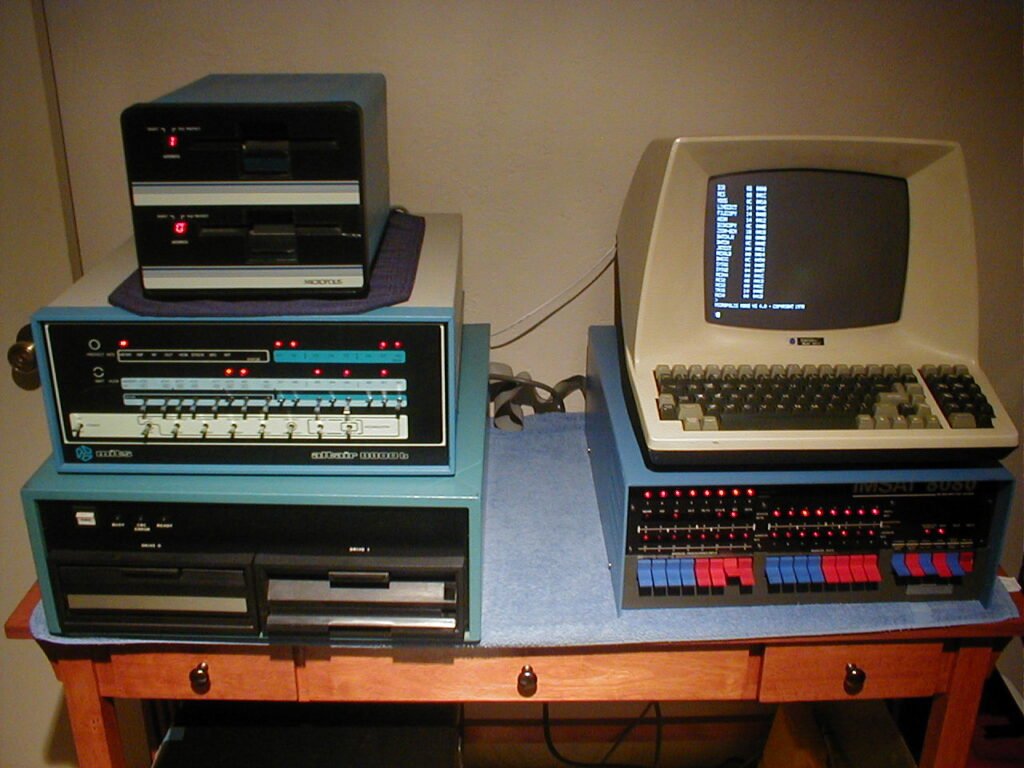
The 1960s marked a pivotal era in the history of computing, characterized by a significant shift from the dominance of massive mainframe computers to the emergence of minicomputers. This transition brought computing power and accessibility to a broader audience.
IBM played a central role in this transformation by introducing the System/360 1964. The System/360 was a groundbreaking development that revolutionized the computing industry by establishing a universal standard for compatibility. This standardized architecture allowed businesses to adopt and upgrade their computing systems more efficiently, eliminating the need for costly and time-consuming custom solutions.
The impact of the System/360 extended far beyond its introduction. It laid the foundation for more accessible and diverse computing options, setting the stage for the proliferation of smaller and more affordable minicomputers. This shift in computing technology democratized access to computational resources. It paved the way for the eventual rise of personal computers, reshaping industries and daily life in the decades to come.
1970s: Birth of the Personal Computer
The 1970s were undeniably a pivotal era in the history of computing, marking the birth of personal computers and heralding a transformative wave of technological progress. Intel’s groundbreaking release of the 4004 microprocessor in 1971 was a watershed moment, paving the way for developing more compact and affordable computing devices. This tiny but powerful chip opened new doors, enabling the creation of computing solutions that were not only accessible but also financially feasible for a broader audience.
However, the arrival of the Altair 8800 in 1974 truly symbolized the dawn of the personal computer age. This kit-based computer, equipped with the Intel 8080 microprocessor, offered computing power to individuals and small businesses, democratizing access to technology. The Altair 8800’s impact on the tech landscape cannot be overstated; it set the stage for the PC revolution, inspiring a generation of innovators and entrepreneurs to explore the vast potential of personal computing. The 1970s, with these developments, laid the foundation for the digital age we live in today.
1980s: Rise of Home Computers
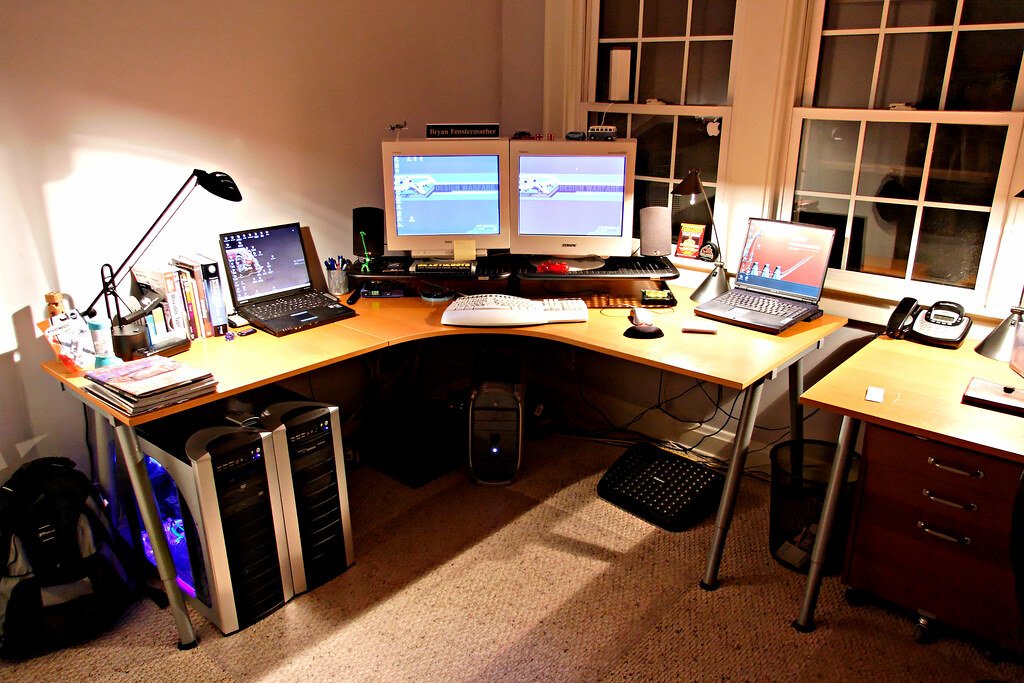
The 1980s marked a pivotal era in the history of personal computing, characterized by significant developments that shaped the industry and defined the way we interact with computers today. In 1981, IBM’s groundbreaking release of the IBM Personal Computer (IBM PC) set a new standard for computing architecture. It provided a common hardware platform that encouraged software developers to create applications for a wider audience, fostering compatibility and accessibility in the computing world.
Concurrently, Apple introduced the Macintosh 1984, a computer renowned for its innovative graphical user interface (GUI). The Macintosh’s user-friendly design and visually intuitive interaction methods made personal computing more approachable for a broader audience, particularly creative professionals.
Notably, 1985 saw the advent of Microsoft Windows, which laid the foundation for the dominant operating system it has become today. Windows introduced a graphical shell seamlessly integrated with MS-DOS, making it easier for users to navigate and operate their computers.
These developments in the 1980s not only popularized personal computing but also set the stage for the diverse and interconnected digital landscape we now take for granted.
1990s: Mass Adoption and Internet Age
The 1990s emerged as a transformative decade in the realm of personal computing, witnessing a seismic shift in how people interacted with technology. Tim Berners-Lee’s groundbreaking invention of the World Wide Web in 1991 heralded a revolution, democratizing information access and sharing on a global scale. It laid the foundation for the internet age, enabling communication and collaboration like never before.
In 1995, Microsoft’s landmark release of Windows 95 proved to be a game-changer. Its revamped graphical user interface and user-friendly features brought computing to the masses, simplifying navigation and enhancing the overall user experience. This event significantly bolstered the adoption of personal computers, setting the stage for their integration into everyday life.
The late 1990s saw the rise of the dot-com bubble, a period of exuberant growth in internet-based businesses. This phenomenon fueled an unprecedented demand for personal computers as both businesses and individuals rushed to establish an online presence, underscoring the pivotal role of personal computing in the rapidly evolving digital landscape of that era.
2000s: Mobility and Connectivity
The early 2000s witnessed a pivotal transformation in personal computing, characterized by a seismic shift towards mobility. Laptops and portable computers became the darlings of this era, captivating users with their compact form factors and the freedom they offered. These devices broke the chains that tied computing to a desk, providing individuals the flexibility to work, communicate, and access information on the move.
Moreover, the mid-2000s ushered in a new era with the introduction of tablets and smartphones. These touch-based devices fundamentally altered how people interacted with technology. Tablets, epitomized by the release of the iPad in 2010, bridged the gap between laptops and smartphones, offering a portable yet versatile computing experience. On the other hand, smartphones became ubiquitous, transforming into pocket-sized personal computers, allowing users to perform many tasks, from browsing the web to managing emails and accessing a plethora of apps.
This era heralded an age of relentless connectivity, enabling people to be in touch, informed, and productive regardless of their physical location, truly reshaping the landscape of personal computing.

2010s: Convergence and Cloud Computing
The 2010s were a transformative period in personal computing, characterized by a trend towards convergence and the seamless integration of computing capabilities. Innovations like ultrabooks, 2-in-1s, and hybrids emerged, blurring the boundaries between conventional laptops and tablets. These devices amalgamated a laptop’s power with a tablet’s portability and flexibility, catering to diverse computing needs and preferences.
Simultaneously, cloud computing increased prominence, fundamentally altering the data management landscape and accessibility. This decentralized approach to computing allowed for storage and processing of data online, granting users the flexibility to access their files and applications from any location with an internet connection. Moreover, it emphasized collaboration and efficiency in an increasingly interconnected world, enabling individuals and businesses to work seamlessly and share resources effortlessly. The 2010s encapsulated a pivotal shift in how we interact with technology, setting the stage for the innovative advancements that continue to shape personal computing in the present and beyond.
2020s: Continued Advancements
The 2020s continued the trajectory of advancements in personal computing. With the deployment of 5G technology, personal computing devices became even more connected and capable, paving the way for enhanced experiences, particularly in mobile devices. Sustainability and energy efficiency became paramount in computer designs, reflecting a growing awareness of environmental responsibility. Additionally, integrating artificial intelligence and augmented/virtual reality technologies into personal computing devices continued, shaping a future of increasingly intelligent and immersive computing experiences.
This timeline offers a glimpse into the remarkable evolution of personal computers, illustrating a transformative journey from colossal mainframes to the sleek, powerful devices prevalent today. Initially, computers were massive and exclusive, occupying entire rooms with limited accessibility. However, the advent of the personal computer in the mid-1970s revolutionized computing, marking a shift towards individual empowerment in the digital age. As technology progressed, the 1980s witnessed the rise of home computers, making computing more user-friendly and accessible to households.
The subsequent decades saw a relentless march towards miniaturization and enhanced performance, enabling the development of laptops, tablets, and smartphones. These modern devices are compact yet immensely powerful, reflecting the continuous advancements in computing technology. Undoubtedly, the trajectory of personal computing remains dynamic, promising future innovations that will further redefine our interaction with technology and shape our world.

